
How To Care For Succulent Plants (Beginner's Guide)
Are you planning to buy those adorable little plants in a cute pot? Perhaps a couple of these plants are already in your house now? Are you tired of watching them shrivel and wither away despite your best efforts to keep them alive?
Worry not! You've found a great place to find solutions to all the possible problems you have with your sucs. This is a Succulent 101: Beginner's Guide to taking care of your succulent plant! Don't forget to read till the end of this article, and drop your questions down below if you have any, and we shall answer them for you!
To begin with, succulents are a type of desert plant. You may cultivate them either indoors or out, though they require some initial attention. Most beginners would give up after a couple of tries, but only after a few trials and errors will you figure out how to grow them properly.
Let's find out more about these green babies so you can start your own space of green thumb at home to make your environment look fresh and aesthetically pleasing!
1. Conduct Research
Before making a trip to your local nursery garden or surfing online to purchase some succulents, do a little bit of research about the kinds and varieties of succulents. It is always better to have some knowledge about a plant before you bring it home, so you know exactly what to do with it.
Learn as much as you should about succulents online to determine which ones will thrive in your environment, whether indoors or out, and other factors.
When purchasing a succulent, choose one that is healthy, looks fresh, and is colorful, so that you can easily care for it in the future.
Check out our succulent collection.
2. Offer Sufficient Light
Succulents, by nature, are desert plants, so they love to thrive in the sunlight. So ideally, most succulents would like to reside in bright, indirect sunlight to improve their growth much better. It also depends on the succulent that you have. However, don't leave them in the scorching sun during the summer for too long, as they get sunburned easily.
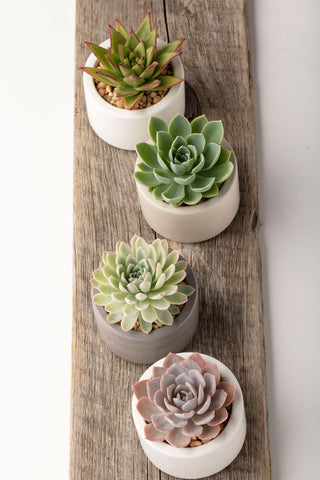
Another tip that's worth noticing is that when you feel like your green babies aren't getting enough shade, you can rotate the pots and make sure they get sunlight from all sides and angles. This will also prevent your sucs from stretching out.
And what if your house doesn't get enough sunlight to feed these plants? Fret not! You can easily use a grow light or artificial light indoors and place your succulents right beneath the shade.
3. Repotting To A New Container
When succulents live in plastic pots which gives them less room to grow, it's best to move them to a more suitable container, preferably a terracotta or clay pot with a drainage hole.

Just like any other plant, the pots where you put your succulents should have a drainage hole. Not only does it make the watering job easy, but it also gives room for aeration and plenty of air channels for the roots to explore and thrive in. In some cases, the roots will protrude from the drainage hole, as if they are pleading for freedom from the constrained space. This can harm their growth, so when you bring your new green babies home, start the repotting process within a week or two. When repotting succulents, you need to be extra careful because their roots are delicate and fragile. And be sure to use a container with a hole to allow more airflow.
Check our Ceramic Pots Collection
4. Water Mindfully
Watering the succulents should be a simple task, but as beginners, people tend to complicate it. Succulents may be finicky, but it's okay to figure it out as you go through the process. You may have previously killed a few succulents by over-watering, which causes root rot.

Watering the succulents is the most crucial part. See to it that the water reaches the depth of the roots and drains out from the hole beneath. If you're keeping your succulent pots on top of a drainage disk or tray, let them soak in the water for a few minutes before draining the pool. This gives the roots time to absorb some water and retain moisture for a long time. Keep in mind that these infants have small, delicate roots that might rot if they sit too long in a stagnated pool.
By taking note of their leaves, you can figure out whether you're over or under-watering them. Leaves looking soggy or yellowish are a sign of overwatering. Underwatering causes the leaves to look translucent, wrinkly, and dry. Wait until the topsoil of the plant is bone dry before giving it any more water.
Quick Tip: Don't water the succulents right after repotting them.
https://www.chhajedgarden.com/collections/garden-pumps-and-sprayers
5. Use a Gritty Soil

Succulents love gritty and rough surfaces more than anything else. Easily drainable soil is the best option for these little ones. Choose a soil where the water flows right to the bottom of the roots. There are mixes of cacti and succulents on the market, which can help keep your succulents alive.
6. Feed Them Once A Month
Fertilizers can be added to your water schedule once a month, but not more than necessary. Different types of succulents may need to be fed at different times, so it's best to do some research or ask the gardeners at the nursery before you feed the plants.
7. Look Out For Bugs
Bugs and pests are the worst nightmares for any plant, and these unwanted guests are no exception for succulents. When you notice a white dusty layer or bugs on your little ones, it should be taken care of without any delay.
Use a Q-Tip dipped in isopropyl alcohol and wipe those pests off of the leaves, and make a point of not spraying insecticide straight onto the leaves, as succulents are sensitive by nature and may not like it. Maintain regular check-ups for these vermin on your green babies.
8. Groom Them
The key to keeping the little ones as good as new is maintaining their appearance by keeping them clean, neat, and healthy. It elevates your ambiance immediately and adds a polished, fresh look to your interior.

For survival, the dead and decaying leaves feed on the new ones, blocking the nutrients from reaching the young shoots. Look out for dead foliage and remove the soggy or decaying leaves from the plant as soon as you notice them pooling around your little succulent.
9. Climatic Conditions
Succulents come in many varieties, and some thrive in sunny conditions while others can tolerate winter, so it's important to note which succulents prefer the sun and which can tolerate frost. And you should keep an eye on your little ones if you live in a cold region. If the weather turns cold, bring them inside and provide them with artificial shade or grow light to lounge in.
10. Other Factors To Consider
Delicate little succulents are prone to minor threats, like being touched too often. A top layer on the leaf surface called "farina" or epicuticular wax protects the leaf from being exposed to too much sunlight and acts as a protective coat. So when Farina gets messed up by touching the leaves too often, it opens the door for more threats. Therefore, remember to keep your beloved pets as far as possible from any succulents you may have at home.
Quick Tip: Place your succulents on an elevated space like a shelf or window ledge.
11. Don't Hesitate To Ask For Help
Note that, at some point, everyone is a beginner. So, don't feel shy or hesitant to ask around for help regarding your little green sucs. You can easily find online groups and communities where you can post a picture of your succulent that needs some help and attention to get prompt solutions and assistance.
12. Don't Give Up
It's perfectly normal for a beginner to accidentally kill a few plants as they learn, and that should not be a cue to abandon indoor gardening completely. In addition to keeping the environment healthy and fresh, these plants are a stunning aesthetic add-on to any interior.

Conclusion:
Finally, when it comes to houseplants, succulents are the real charmers. They are a welcome addition to any setting, whether they are sitting beautifully on a kitchen counter or making a statement at a glamorous event. They can be found in a wide range of forms and hues, but do not underestimate them by their fragility and size, as they seek significant care and attention.
So, go ahead! Start making your slice of a mini desert at home!
A Quick Pointer To Note For Succulents:
- Pick a healthy succulent
- Re-pot within 2 weeks
- Water judiciously (every once in two weeks)
- Give ample sunlight and shade
- Use skewers to check the soil before watering
- Water only when the soil is dry and gritty
- Don't water the leaves
- Make a cactus soil mixture
- Use a terracotta or clay pot
- Use a pot with proper drainage
- Avoid overwatering
- Drain the pool
- Look out for bugs and pests
- Keep them in an elevated area
- Spray fertilizer once a month
- Keep them away from cold temperatures
- Use tweezers to remove the soggy and dead leaves
- Use a Q-tip to clean the leaves
- Keep away from pets
- Enjoy the process
- Don’t give up
FAQ's:
-
How often should I water my succulents?
Water only if the soil is fully dry and rough. It should ideally be done every two weeks.
-
Is it necessary to have a pot with a drainage hole?
That is what everyone prefers. When you water your succulent, make sure the water drains out of the hole rather than stagnating around the roots and causing rotting roots.
-
Do I have to remove the yellow leaves?
The color change of the leaves indicates over-watering. Be gentle when removing dead leaves from the plant.
-
Can I use normal soil instead of the cactus mixture?
Yes, but using perlite mixed with regular soil is preferable. 60% perlite and 40% basic soil should be combined.
-
Can I keep two or more succulents together?
That is entirely up to you. It's better if they stay alone as they would feel crowded and congested if each doesn't get enough space to breathe. So it's better to give them each their own space to thrive in.
-
Should I use fertilizer?
Yes, you should provide food for the succulents. Fertilizer can be added to the water once a month.

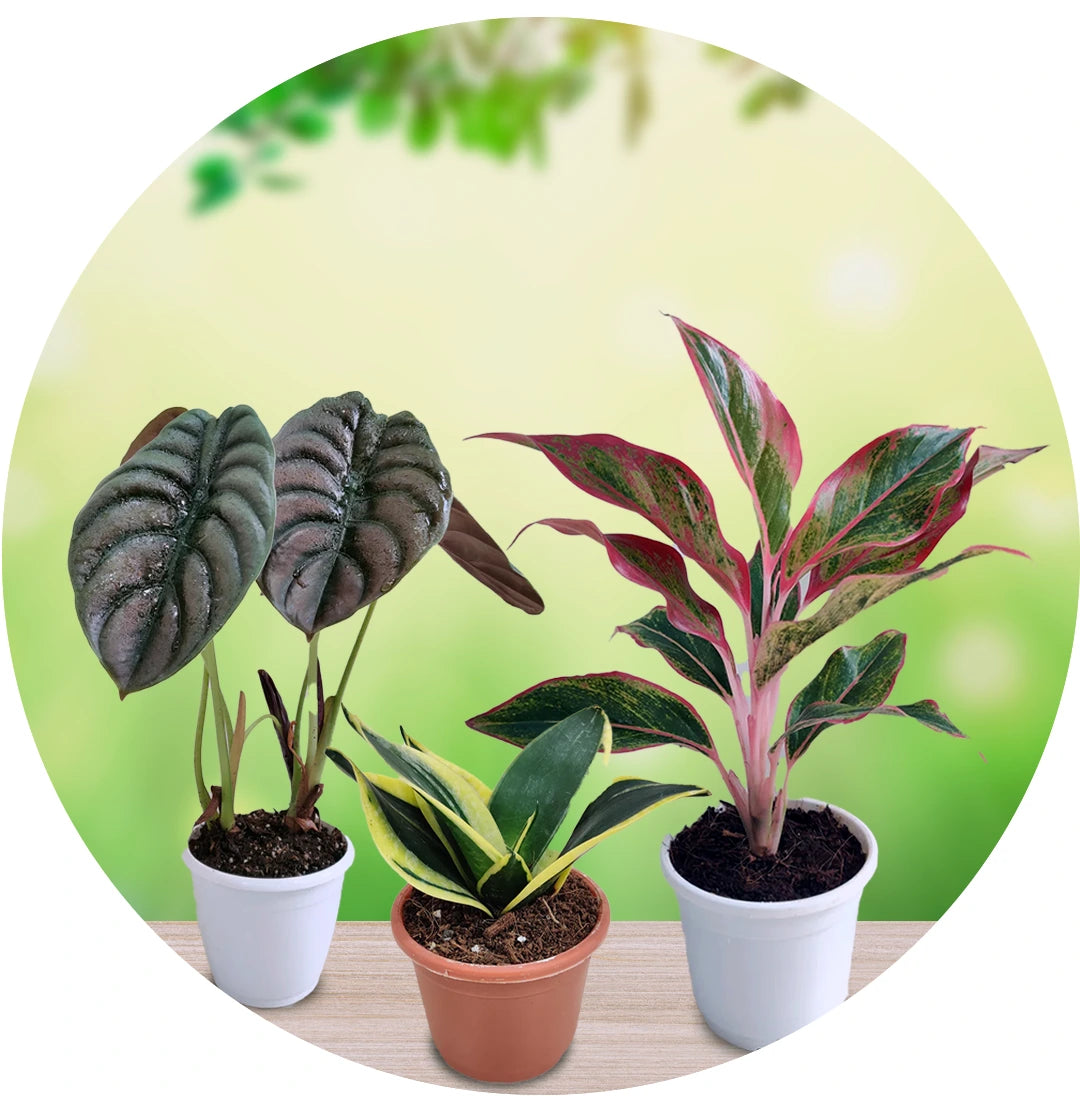
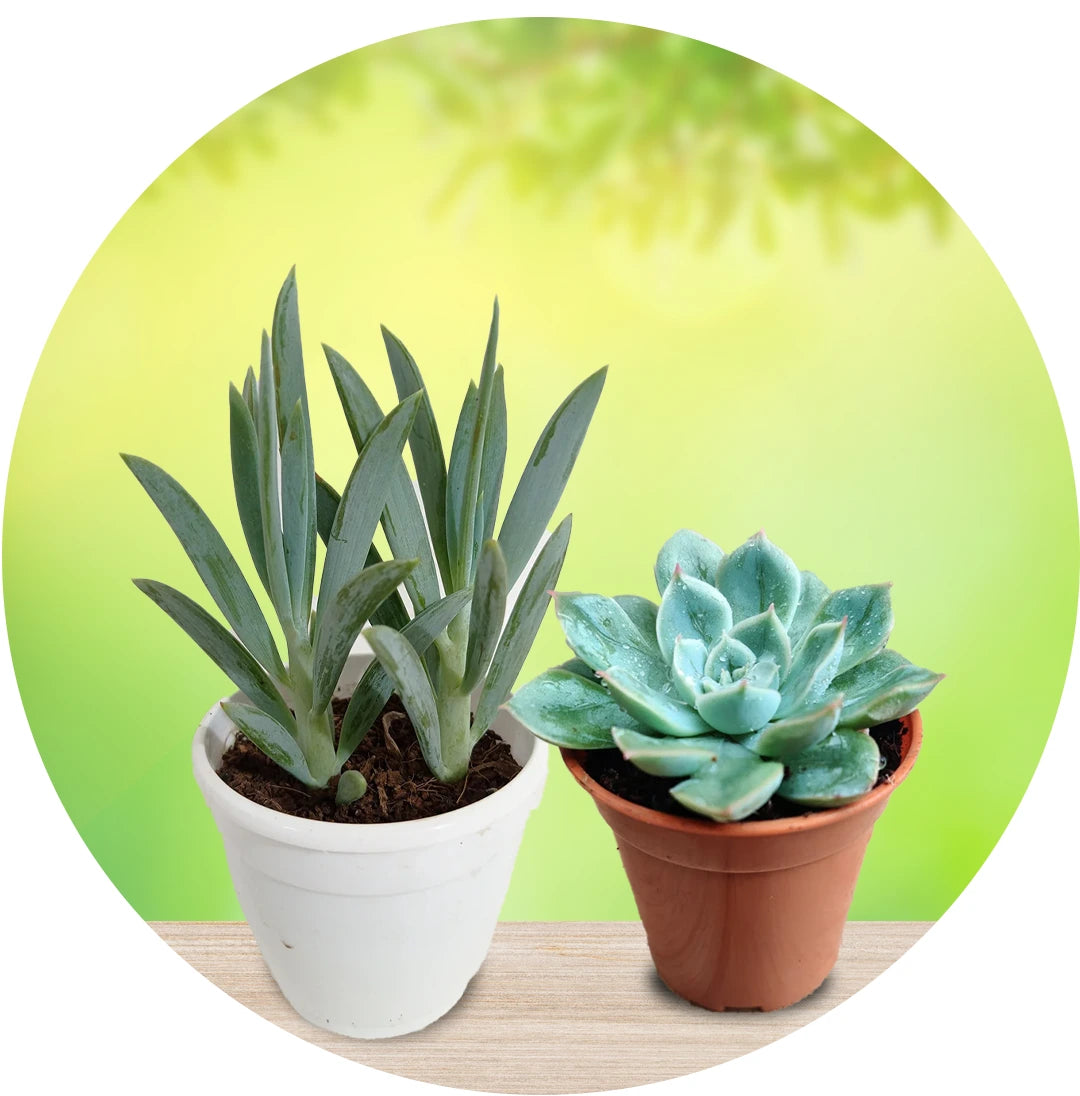
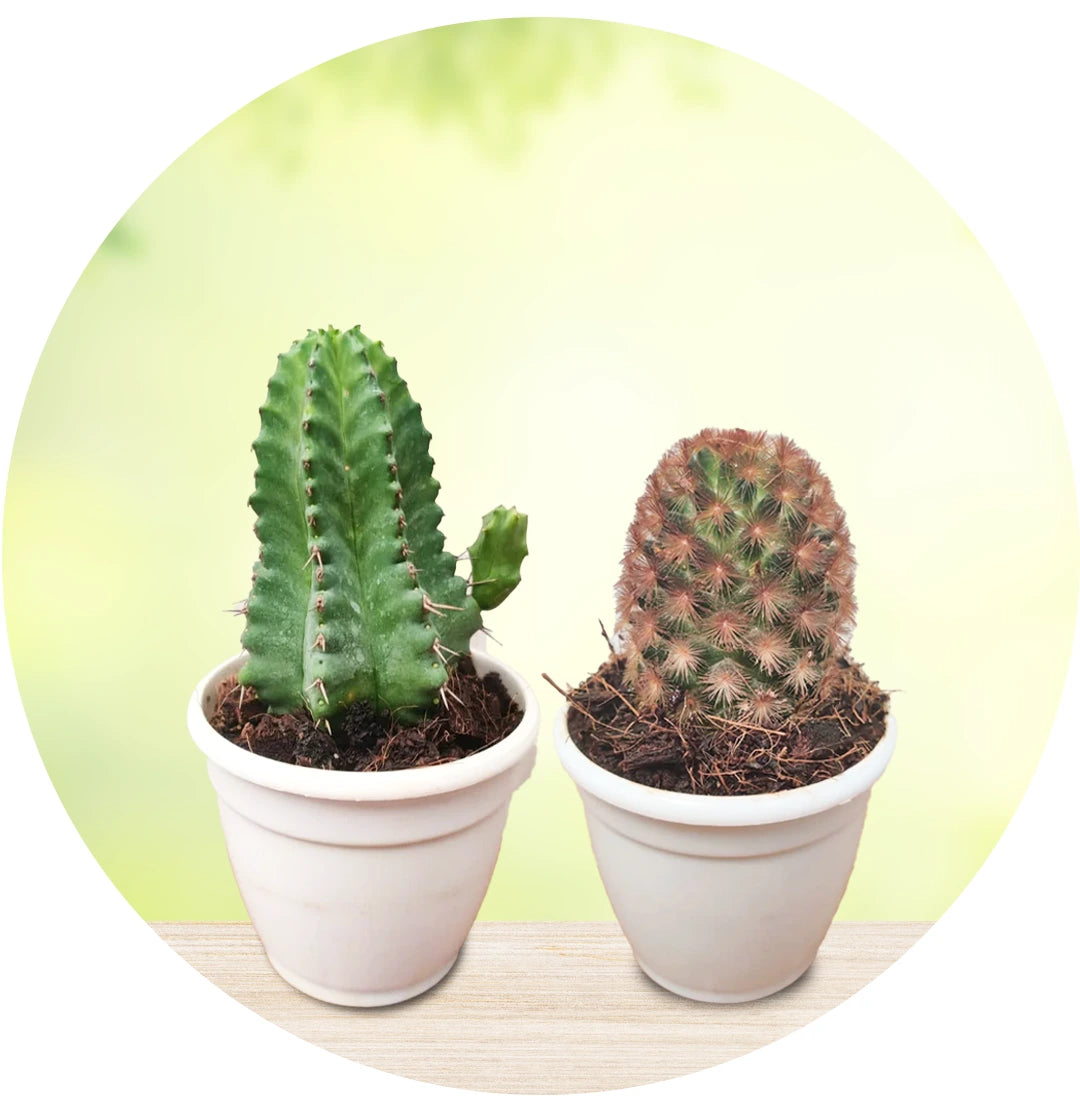
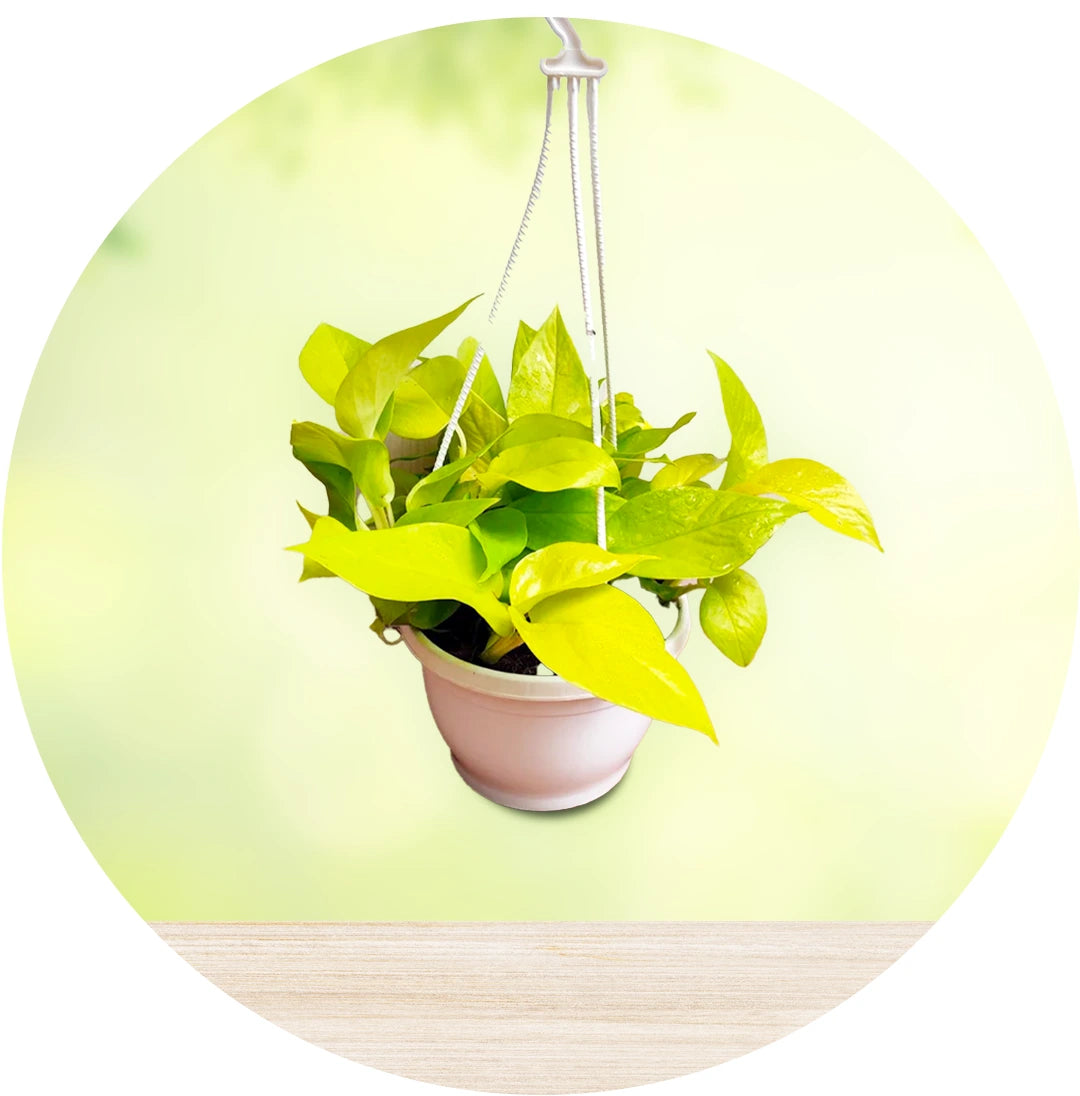
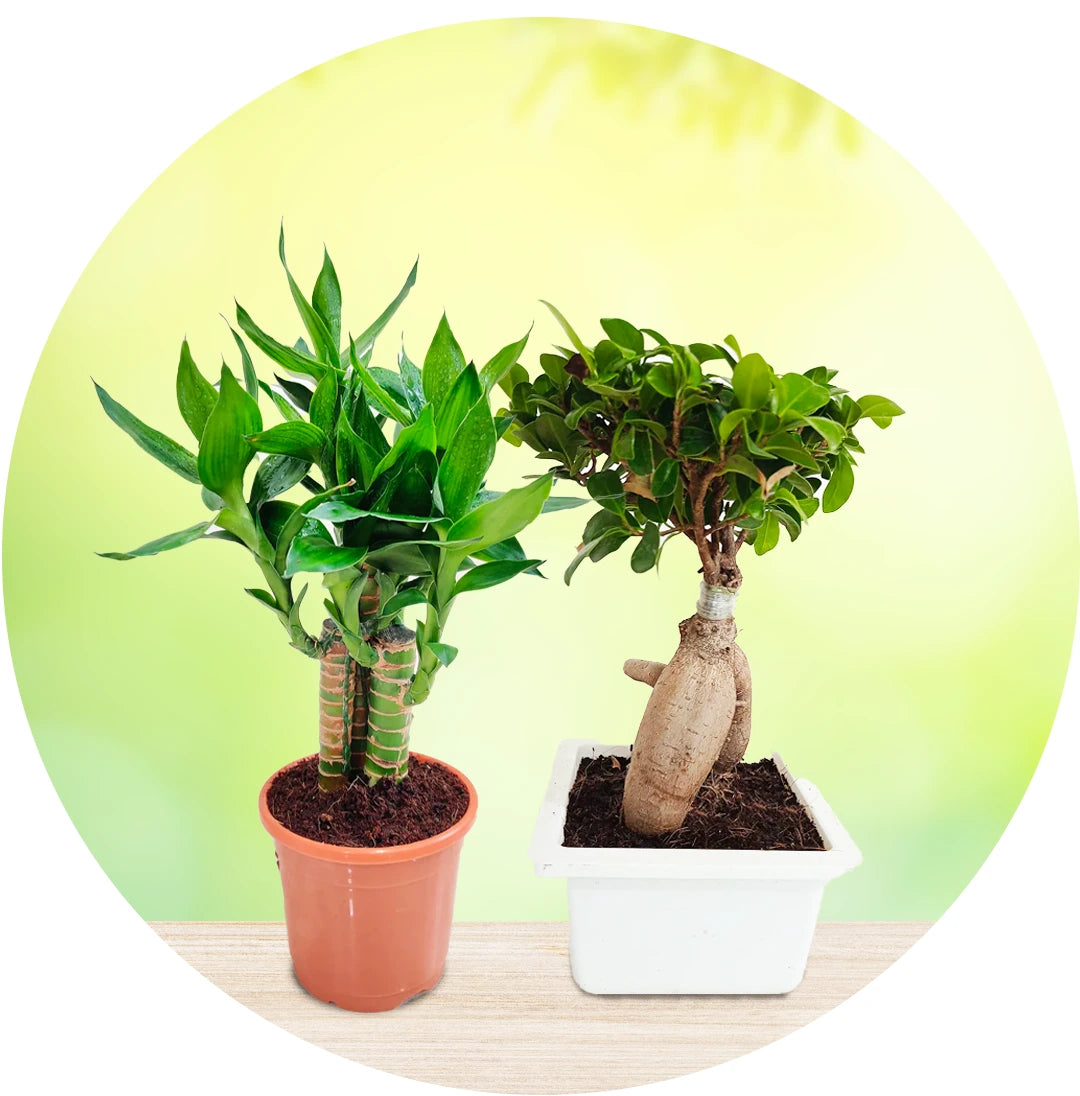
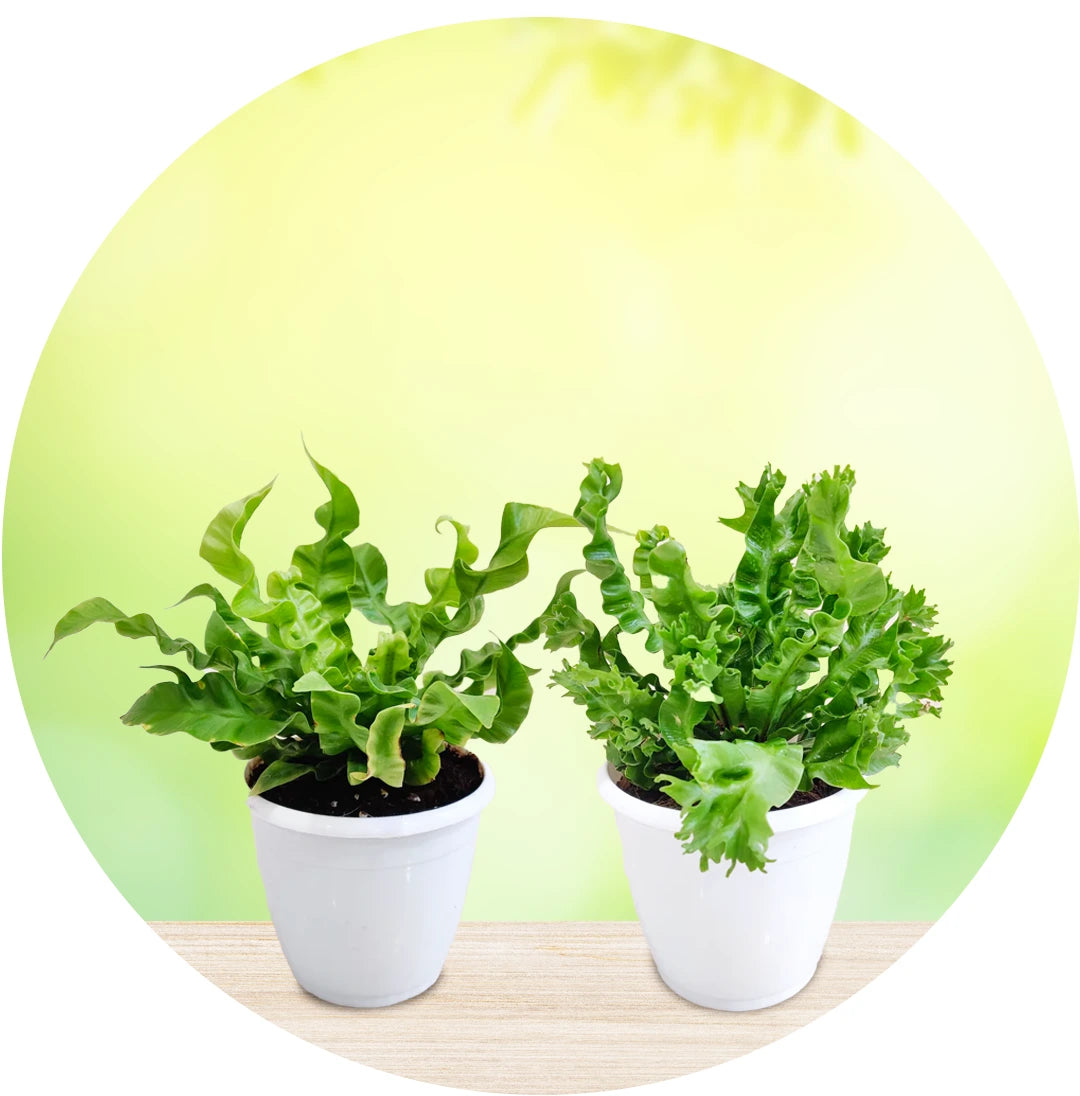
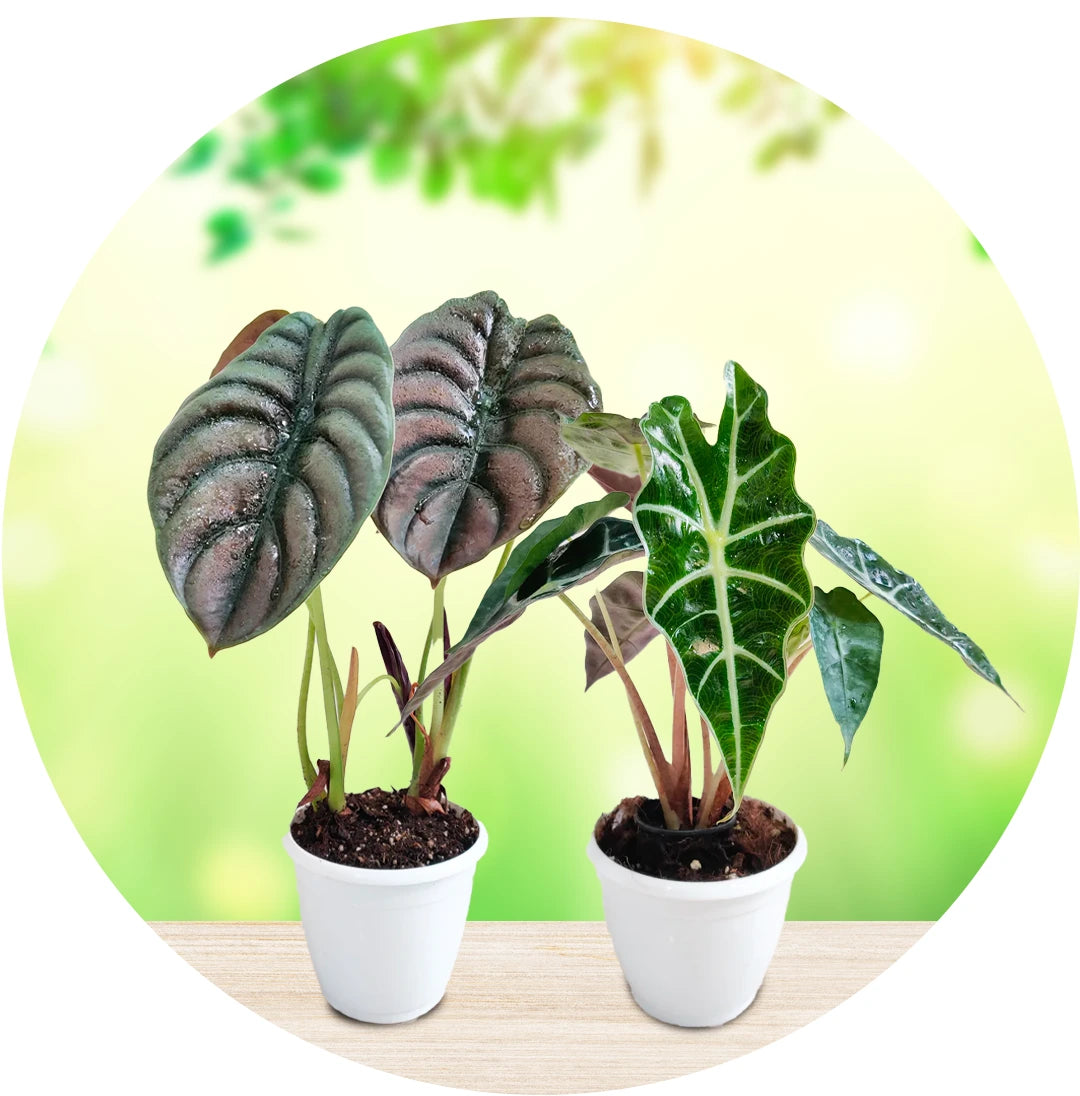
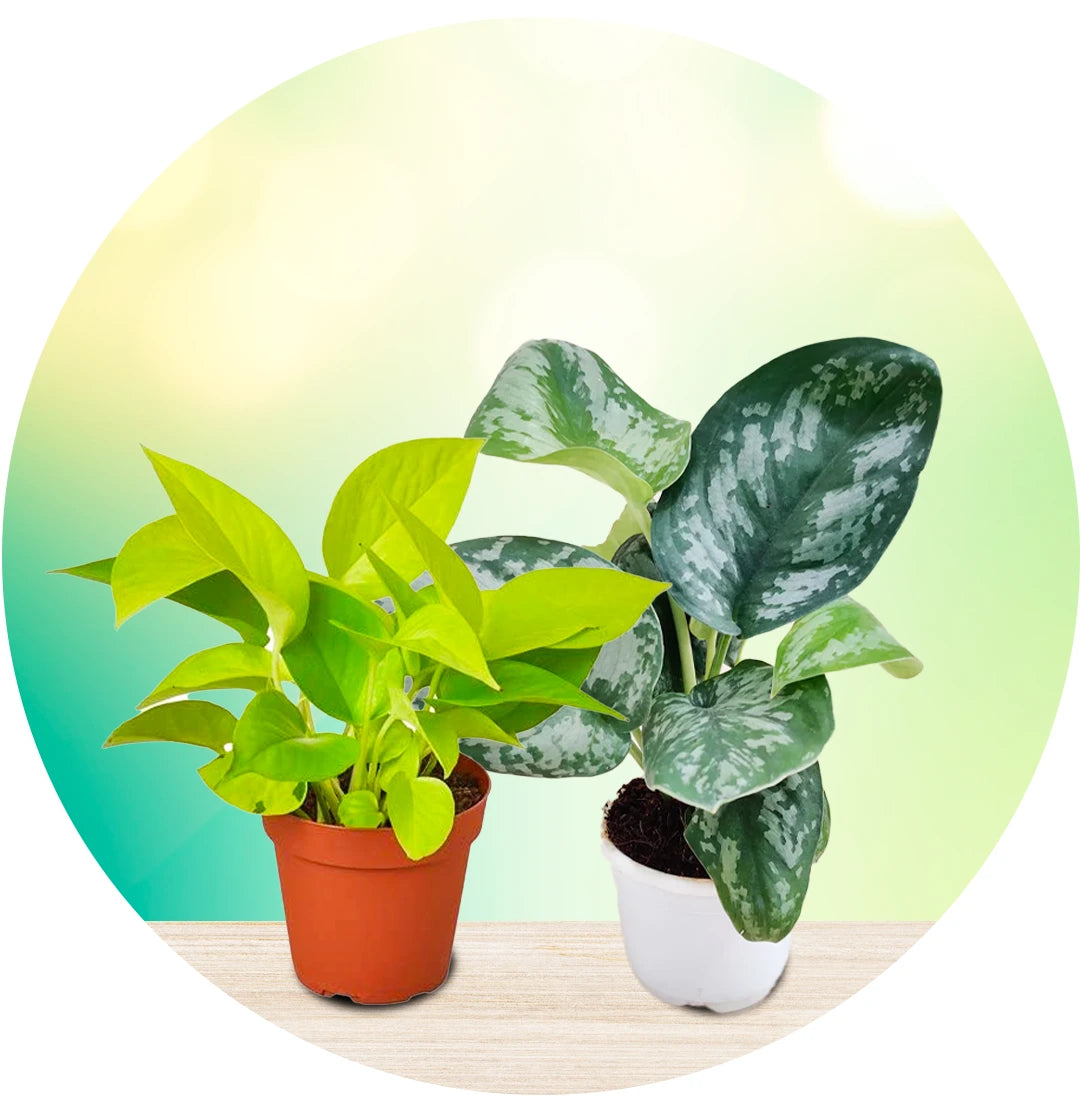
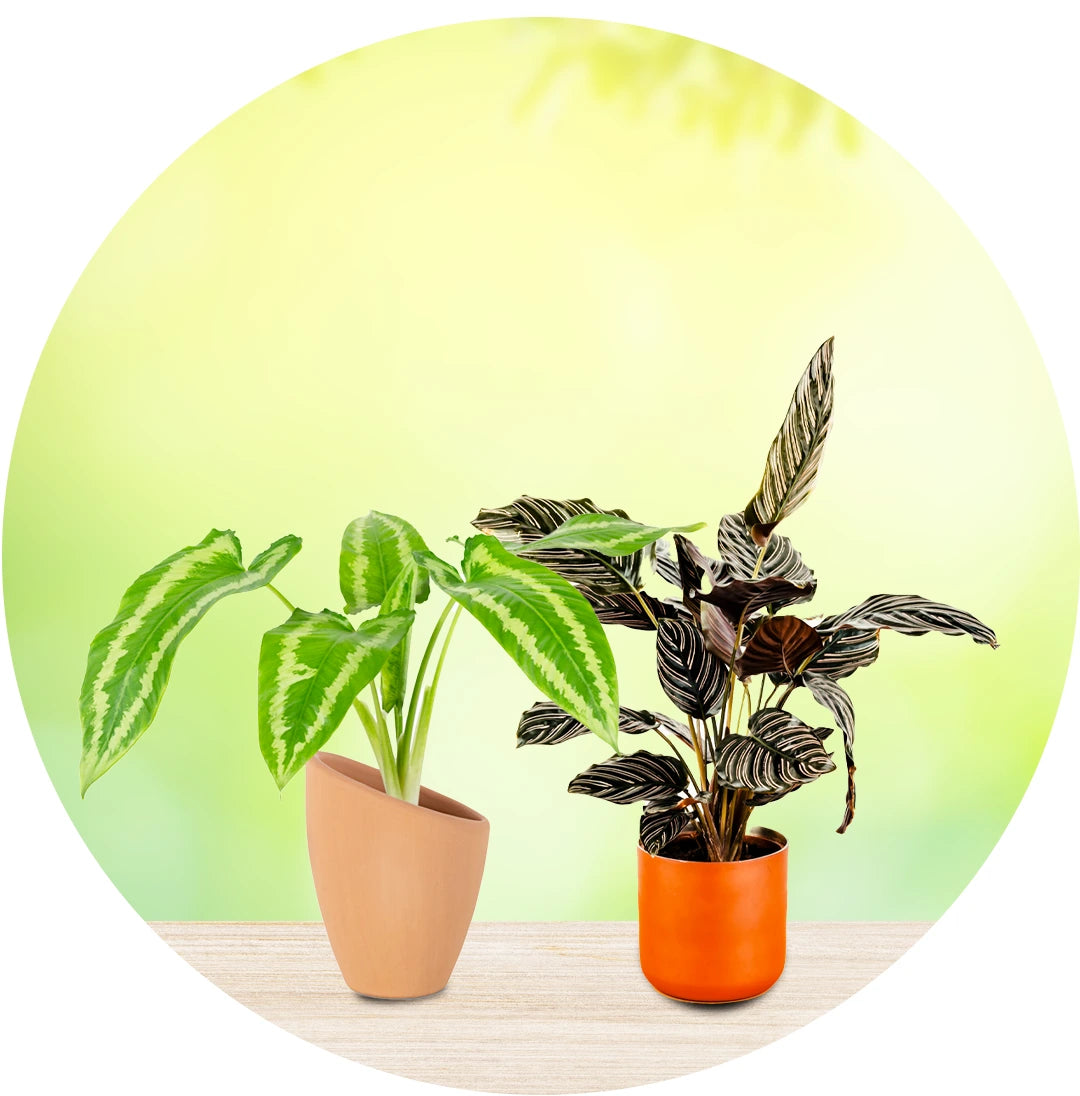
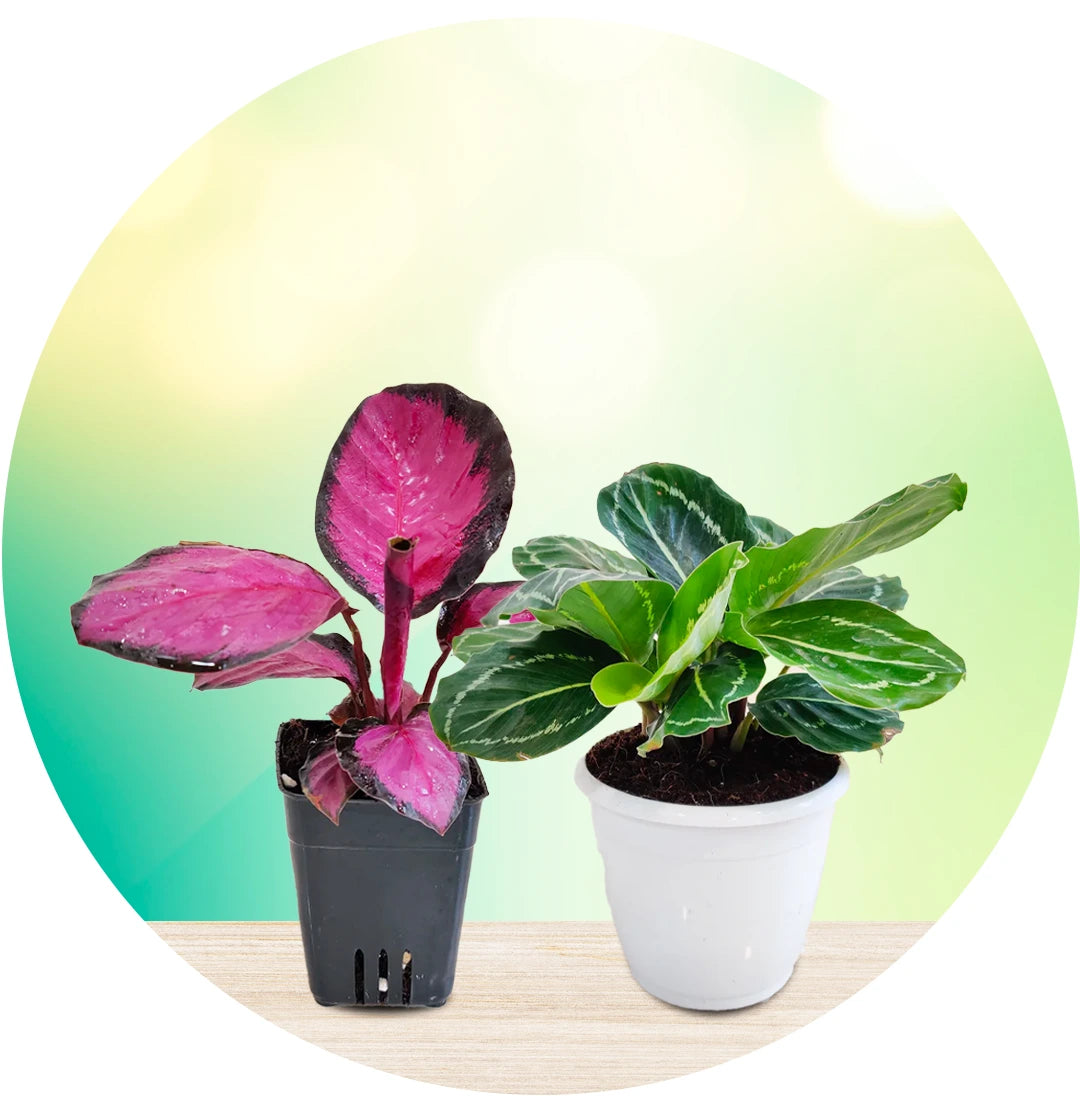
Leave a comment